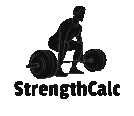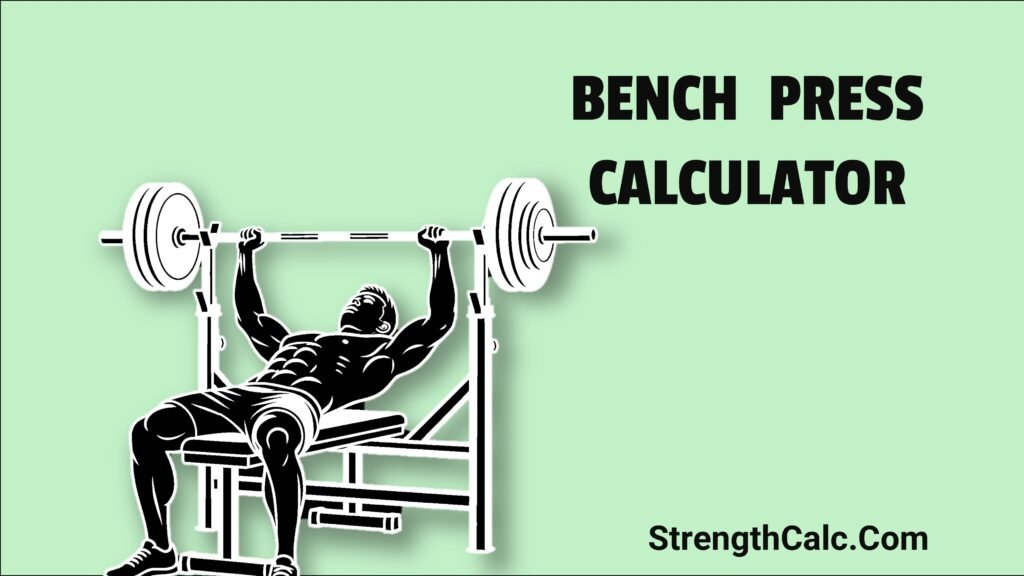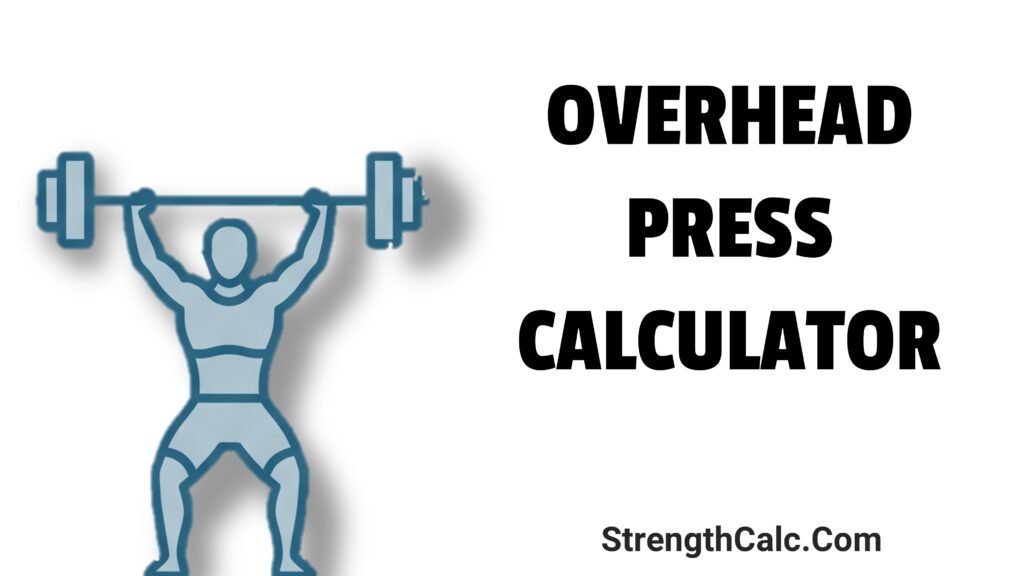Strength training isn’t just about lifting heavy—it’s about knowing where you stand and how to improve. Our Strength Standards Calculator gives you a clear, data-driven breakdown of your lifting level based on your one-rep max (1RM), body weight, gender, and chosen lift.
Whether you’re a beginner or a seasoned athlete, this tool helps you measure progress and set realistic goals. Compare your performance in the Squat, Bench Press, Deadlift, or Overhead Press against global strength standards—from Untrained to Elite—and see exactly how you stack up.
How the Strength Standards Calculator Works
This calculator is based on real-world lifting data from thousands of lifters, compiled by reputable strength training organizations like Stronger by Science, Symmetric Strength, and StrengthLevel.com. These data-driven standards are widely used by powerlifters, strength coaches, and fitness communities.
To use the calculator, simply:
- Choose your gender
- Enter your body weight
- Select your lift
- Enter your 1RM (One-Rep Max)
- Choose your units (kg or lbs)
- Click “See My Level”
Within seconds, you’ll get a precise classification of your level (e.g., Intermediate, Advanced) along with a full table showing what you need to lift to reach each level.
Why Use Strength Standards?
🏋️ Set Realistic Goals
Knowing your current strength level allows you to train smarter, not just harder. If you’re a Novice lifter aiming for Intermediate, you’ll have a clear 1RM target to work toward.
📈 Track Progress Over Time
You can retest periodically to see how your numbers evolve and what level you’ve reached.
🎯 Optimize Your Training
Different training programs are suited to different strength levels. Beginners need frequency and consistency. Intermediate lifters can benefit from volume and variation. Advanced athletes require intensity and specialization.
💪 What Do the Strength Levels Mean?
The calculator categorizes your strength into six levels:
| Level | Description |
|---|---|
| Untrained | Little or no lifting experience |
| Novice | Basic lifting form and some strength gains (1–6 months) |
| Intermediate | Regular lifter with structured training (6–24 months) |
| Advanced | High level of strength; multiple years of training |
| Proficient | Approaching competitive strength levels |
| Elite | Competitive strength athlete level |
These aren’t arbitrary. They’re based on the statistical distribution of lifters’ 1RM values across weight classes and genders.
🧮 Strength Standards by Lift
1. Squat Standards
A cornerstone of lower-body strength, the squat tests your legs, glutes, and core stability.
- Elite Male (82.5 kg body weight): 305 kg
- Elite Female (75 kg body weight): 195 kg
- Intermediate Male: ~145–190 kg
- Intermediate Female: ~85–125 kg
💡 Tip: If your squat feels stuck, consider working on mobility (ankles, hips), bracing technique, and paused squats.
2. Bench Press Standards
Often seen as the “show-off” lift, the bench is a true test of upper body pushing strength—pecs, triceps, and shoulders.
- Elite Male (82.5 kg): 215 kg
- Elite Female (75 kg): 130 kg
- Intermediate Male: ~115–145 kg
- Intermediate Female: ~65–90 kg
💡 Tip: Train with pause reps, close grip, and weighted dips to bust through plateaus.
3. Deadlift Standards
The king of full-body lifts. The deadlift uses your posterior chain—glutes, hamstrings, back, grip and traps.
- Elite Male (82.5 kg): 350 kg
- Elite Female (75 kg): 230 kg
- Intermediate Male: ~175–240 kg
- Intermediate Female: ~120–160 kg
💡 Tip: Try deficit deadlifts or block pulls to improve speed off the floor or lockout strength.
4. Overhead Press (OHP) Standards
The most overlooked compound lift. Tests shoulder strength, core stability, and control.
- Elite Male (82.5 kg): 120 kg
- Elite Female (75 kg): 80 kg
- Intermediate Male: ~65–80 kg
- Intermediate Female: ~40–55 kg
💡 Tip: Add push presses, strict presses, and lateral raises for balanced shoulder development.
🧠 Understanding Strength Relative to Bodyweight
A 100 kg lifter squatting 140 kg isn’t the same as a 67.5 kg lifter squatting 140 kg. That’s why our calculator adjusts your strength levels relative to your bodyweight.
This makes comparisons fair and normalized across all lifters—whether you’re 60 kg or 120 kg.
🧾 Example Use Case
Let’s say you’re a female lifter weighing 67.5 kg, and you just hit a 100 kg deadlift. Based on the calculator:
- Untrained: 50 kg
- Novice: 75 kg
- Intermediate: 110 kg
- ➡️ You’re just below Intermediate level.
- Your next goal? 110 kg for Intermediate, 150 kg for Advanced.
This gives you a specific, attainable milestone to target.
🏆 How Do You Compare to World Records?
Want to know how far off you are from the best in the world?
As of 2024:
- Squat Record: 595 kg (Ray Williams, raw)
- Bench Press Record: 355 kg (Julius Maddox)
- Deadlift Record: 501 kg (Hafthor Bjornsson)
- OHP (Strict Press Bests): ~140–160 kg for elite raw lifters
You may not chase records—but you can track your journey toward your personal best.
📊 Bonus: Use With Other Calculators
Once you know your 1RM strength level, combine it with tools like:
Use these tools together to train with precision—not just effort.
📌 Frequently Asked Questions
Is this calculator accurate?
It’s based on empirical data and is more accurate the closer you are to the trained population. Beginners may fluctuate more due to inconsistent form and programming.
What if my 1RM is between levels?
Then you’re likely transitioning. Keep training consistently, and you’ll break into the next category soon.
Should I use kilograms or pounds?
Use what you’re most familiar with—our tool supports both seamlessly.
🚀 Try It Now
Enter your numbers above and click “See My Level”. Whether you’re curious or committed, this tool is your strength progress dashboard.
Track. Compare. Improve.



